Discover Kyoto's Enchanting Geisha District: A Holiday Guide
Kyoto's geisha district, known as Gion, is a captivating blend of traditional culture and modern charm. Steeped in history, this district is a must-visit for travelers seeking a glimpse into Japan's rich cultural heritage. Here's your ultimate guide to exploring Gion, including where to stay, what to eat, and the best ways to experience this enchanting area.
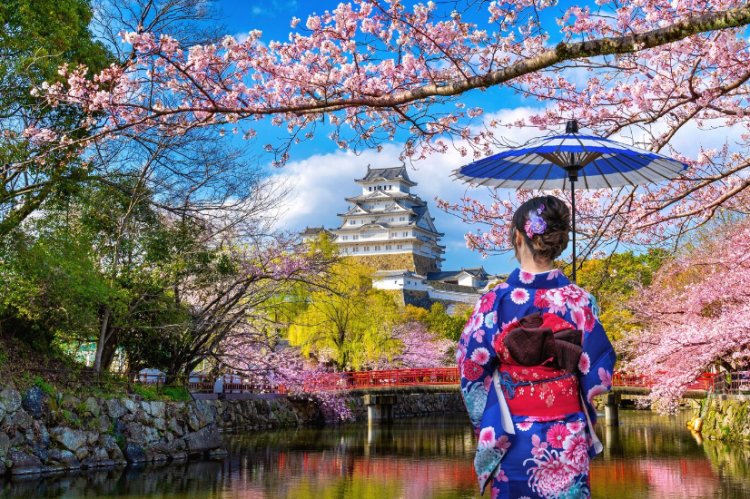
Unveiling the Mystique of Kyoto's Geisha District: A Historical and Mythical Journey
The allure of Kyoto's geisha district, Gion, is a tapestry woven with threads of history, tradition, and myth. This enchanting area has captured the imagination of travelers for centuries, drawing them into a world where the past and present harmoniously coexist. Join us as we delve into the rich history and mystical allure of Gion, uncovering the secrets behind its popularity and the captivating myths that shroud this ancient district.
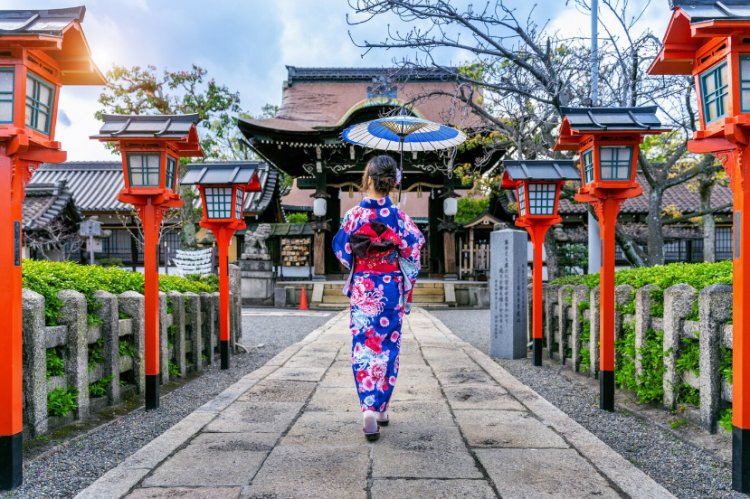
A Glimpse into the Past
Gion's history dates back to the Edo period (1603-1868), where it served as a hub for entertainment and cultural refinement. Geisha, highly skilled entertainers trained in traditional arts such as dance, music, and conversation, became synonymous with Gion, captivating audiences with their grace and elegance. The district flourished as a center for traditional arts and culture, attracting visitors from far and wide.
The Rise to Prominence
Gion's popularity soared in the post-war era, as Japan's economy boomed and interest in traditional culture surged. The district became a symbol of Japan's rich cultural heritage, drawing visitors eager to experience the elegance and charm of the geisha world. Gion's historic streets and well-preserved machiya (traditional wooden townhouses) offered a glimpse into Japan's past, creating a sense of nostalgia and intrigue.
Myths and Legends
Gion is also shrouded in myth and legend, adding to its mystique. One such myth is the tale of the yuki-onna, or "snow woman," a ghostly figure said to appear on snowy nights in Gion. According to legend, the yuki-onna lures unsuspecting travelers into the snow, where they meet their fate. Another myth tells of the ghostly procession of the Okuribi, where spirits are said to return to the world of the living during the Obon festival, passing through Gion on their journey.
Exploring Gion Today
Today, Gion continues to enchant visitors with its blend of tradition and modernity. The district is home to numerous tea houses, restaurants, and theaters where geisha and maiko entertain guests with their artistry. Visitors can stroll along the historic Hanamikoji Street, lined with traditional machiya and exclusive tea houses, or explore the iconic Yasaka Shrine, steeped in history and mystique.
Where to Stay
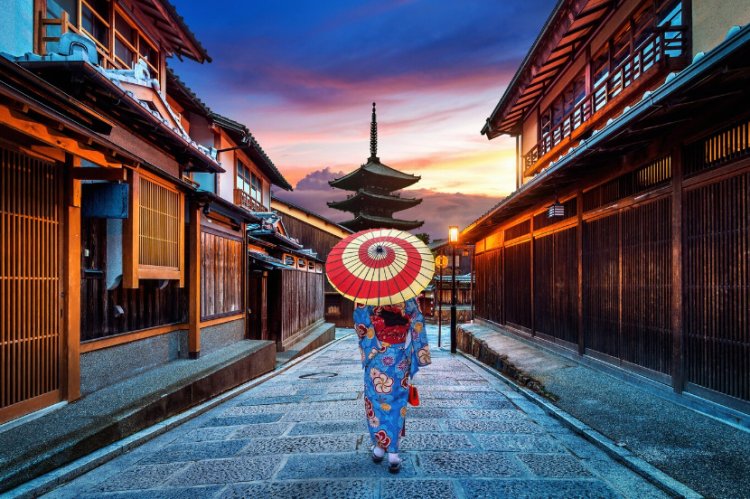
For an authentic experience, consider staying in a traditional ryokan (Japanese inn) in or near Gion. These accommodations often feature tatami mat floors, sliding doors, and beautiful garden views. Some recommended ryokans in the area include Gion Hatanaka and Gion Shinmonso.
If you prefer modern comforts, there are also several luxury hotels in the vicinity, such as the Kyoto Granbell Hotel and the Hyatt Regency Kyoto, offering a blend of traditional Japanese aesthetics and contemporary amenities.
What to Eat
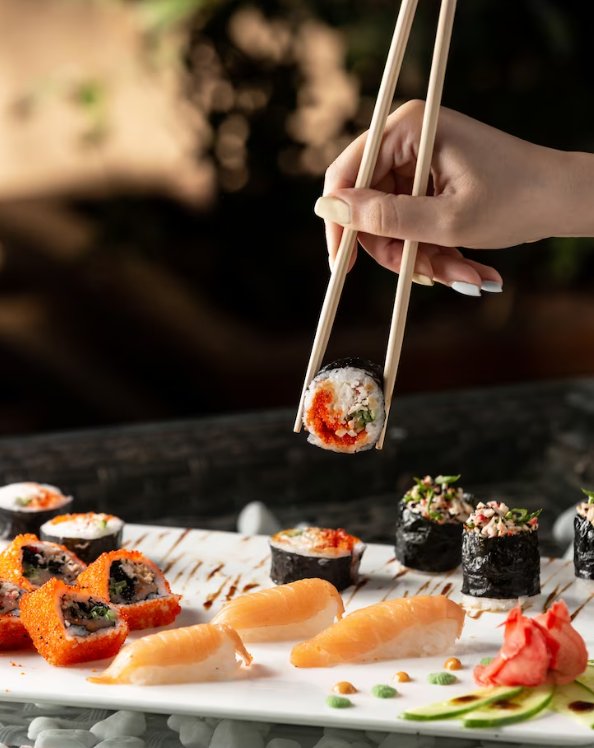
Gion is renowned for its exquisite cuisine, offering a variety of traditional Japanese dishes. One of the must-try foods is kaiseki, a multi-course meal that showcases seasonal ingredients and exquisite presentation. Many restaurants in Gion specialize in this culinary art, such as Gion Karyo and Gion Nanba.
For a quick bite, try some of Kyoto's famous street foods, such as yatsuhashi (sweet rice flour cakes) and skewered grilled snacks from the food stalls along Hanamikoji Street.
Where to Eat
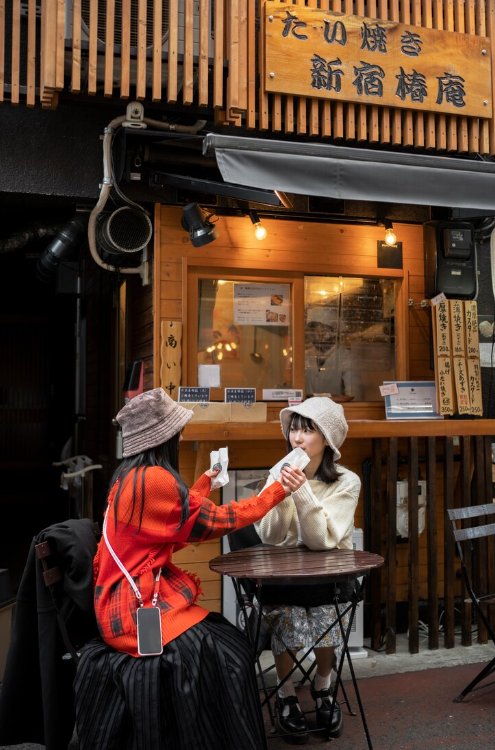
Gion is home to numerous restaurants and tea houses, each offering its own unique charm and culinary delights. For an authentic tea ceremony experience, visit Camellia Tea Ceremony or En Tea Ceremony.
For a taste of traditional Kyoto cuisine, head to Kikunoi, a Michelin-starred restaurant known for its impeccable service and exquisite dishes. Alternatively, try Gion Owatari, a hidden gem known for its authentic flavors and intimate atmosphere.
Exploring Gion
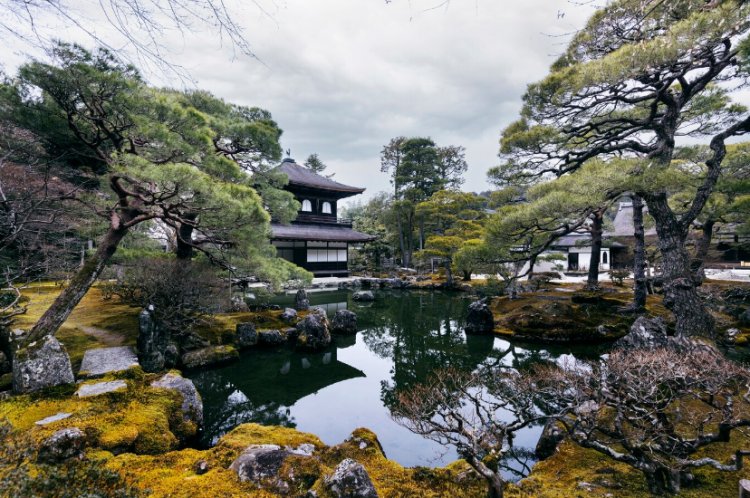
While in Gion, don't miss the opportunity to explore its charming streets and historic landmarks. Take a leisurely stroll along Hanamikoji Street, lined with traditional wooden machiya houses and exclusive tea houses.
Visit the iconic Yasaka Shrine, known for its stunning architecture and vibrant festivals. In the evening, you may even catch a glimpse of geisha and maiko (apprentice geisha) making their way to evening appointments.
Kyoto's Gion district offers a unique blend of history, culture, and culinary delights. Whether you're exploring its charming streets, savoring traditional Japanese cuisine, or experiencing a tea ceremony, Gion is sure to captivate your senses and leave you with lasting memories of your visit to this historic district.
Coupoly provides a free Travel Concierge Service that links you with top UK travel agencies. Contact us now.
Get in Touch
What's Your Reaction?





















